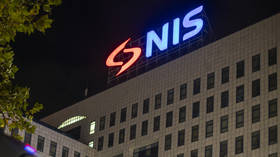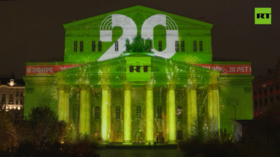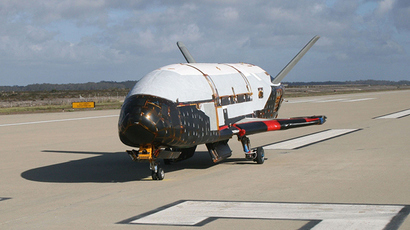$40 billion: US space budget still exceeds rest of world's combined
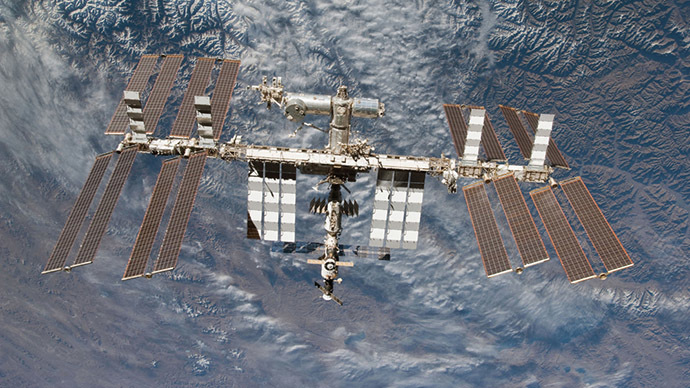
The United States spends on space programs - both civilian and defense-related - more than every other country combined, even though the NASA budget, which is a part of the program, has not grown in the recent years.
Last year the US spent about $40 billion on its space program, as China's space budget, which is the second largest in the world, was about $11 billion in 2013; the next, Russia's, was roughly $8.6 billion; and India's, the fourth largest, was about $4.3 billion, says a new report by the Organization for Economic Cooperation and Development (OECD).
The report is a statistical overview of the global space sector and its contributions to economic activity, providing indicators and statistics based on both official and private data, in over forty countries with space programs.
The US space budget is divided between NASA and a number of other institutions such as the Department of Defense, Department of Energy, the Department of Transportation (Office of Commercial Space Transportation), the Department of Commerce’s National Oceanic and Atmospheric Administration (NOAA), the Department of the Interior’s Geological Survey (USGS) and some others.
Last year NASA spent almost 18 billion of $40 billion counted by the OECD. The funding has been lowered since 2011, when the Shuttle program, operated 1981-2011, was stopped. The peak in US space spending was in 2009, when it invested $47.5 billion in exploration.
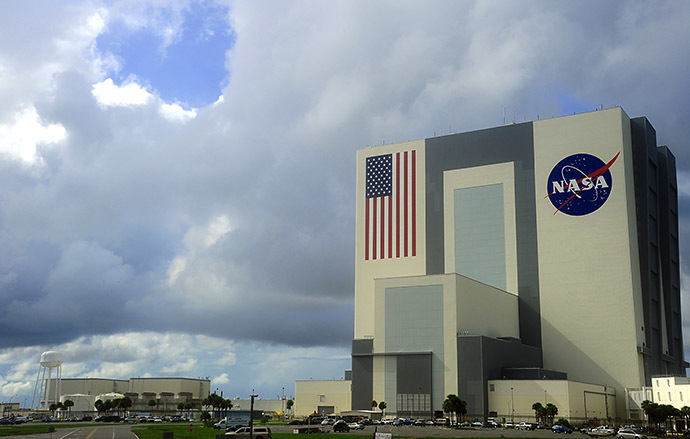
In 2014 over $5.1 billion was spent on scientific programs and over $5.2 billion for aeronautics, space technology and exploration. NASA scientific programs include Earth science ($1.785 billion), planetary science ($1.192 billion) and astrophysical programs ($659.4 million).
All these programs comprise numerous missions to study and explore the Earth, the Moon and planets of the Solar system. Some of the most famous are the Curiosity rover on Mars and the Cassini mission on Saturn. NASA takes significant part in International Space Station’s work as well.
However, NASA is often criticized for unreasonable spending.
NASA’s internal watchdog criticized the agency in September for its lacklustre management of a program intended to identify and monitor asteroids that could be potentially dangerous to Earth - Near Earth Objects project (NEO). NASA Inspector General Paul K. Martin said the program is nowhere near meeting its stated goal. He noted that the lack of progress came even though NASA’s budget for the NEO program has increased significantly over the past five years. During fiscal year 2014, the program was granted $40 million by Congress. Previously, it was working with $4 million.
"We believe the program would be more efficient, effective and transparent were it organized and managed in accordance with standard NASA research program requirements," Martin said in his report.
The US space agency is also extending the Opportunity Mars rover’s mission no matter what, sources in NASA told the media. The rover was meant to be abandoned in 2013 after 10 years of use as it suffered constant mechanical glitches and flash memory issues which caused several computer resets. Its mission has been accomplished but NASA still wants to continue using it.




